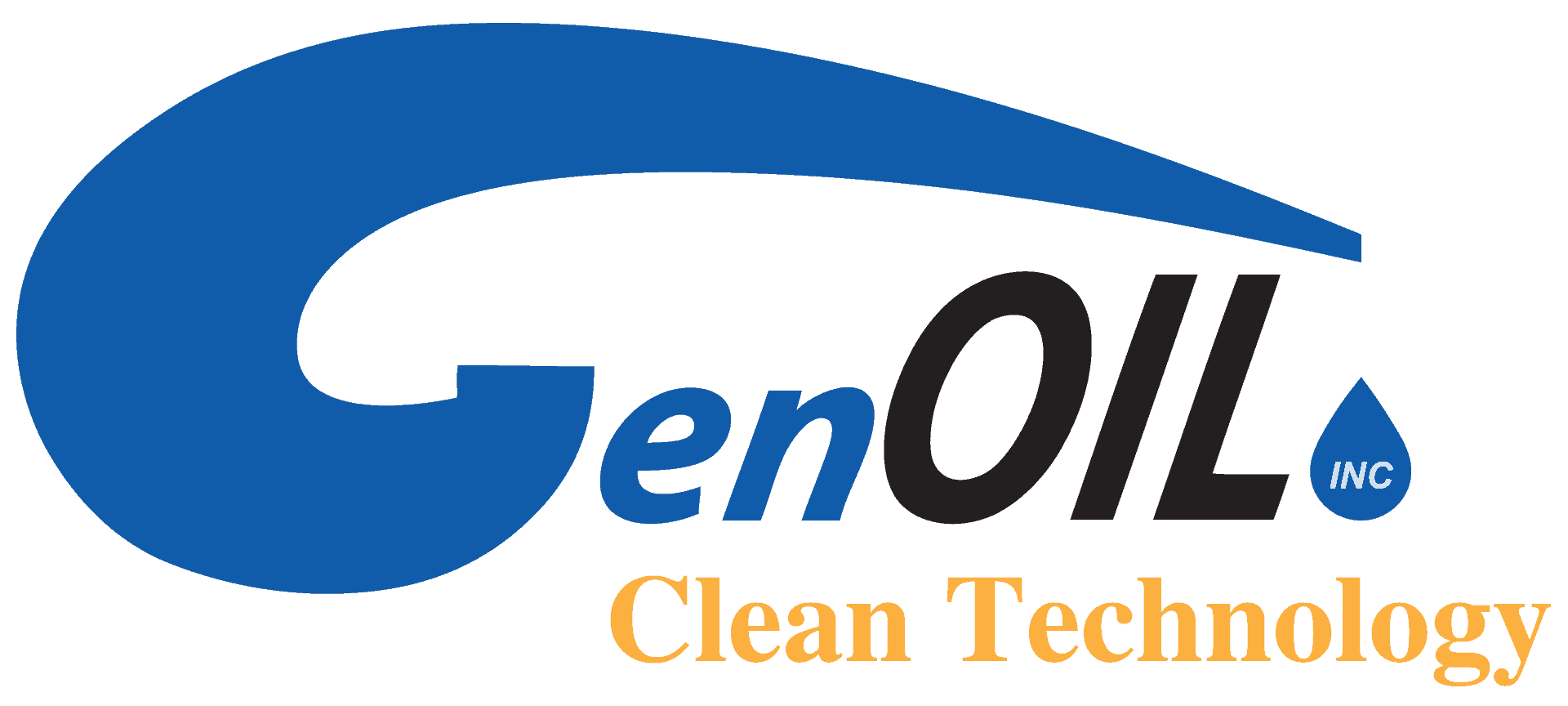Macondo Oil Spill Gives Canadian Entrepreneur Glimpse of Future
By John Sullivan
July 5, 2010
While watching developments in the ongoing oil spill caused by BP’s damaged Macondo well, Thomas Bugg said he sees a possible future.
The president of Alberta-based GenOil, Bugg said the offshore E&P industry has a chance to learn from the disaster now unfolding in the Gulf of Mexico.
The company has two prototype systems that can separate oil from water, Bugg said during a recent interview with Natural Gas Week.
With more than 25 years in the energy industry and a former member of the Board of Governors of the Canadian Association of Petroleum Producers, Bugg said GenOil has a present-day application for technology it has developed, but the key may be in the future.
GenOil has developed the Crystal Sea Separator, a US Coast Guard-approved technology that can clean 65,000 gallons of water per day. GenOil’s Sand Decontamination Technology is a process that can reclaim almost 100% of oil from waste pits — and more importantly, from beaches contaminated by oil.
The Crystal Separator 2-phase oily water treatment unit is designed to separate the liquid phases in six stages located within a single vessel. Each stage is devised to remove oil particles of a certain size and to render the liquid cleaner for the next stage.
According to information from GenOil, this ensures greater effectiveness and manageable loads for each stage. Bugg said the company has demonstration models from 1 gallon up to 40 gallons per minute. The larger one can handle up to 1,500 barrels per day. He said a number of these units on a barge could handle a large portion of the oil now being spilled. The federal government has estimated that the flow rate from the Macondo well is between 35,000 barrels and 60,000 barrels per day.
“We are in the process of commercializing our technology,” Bugg said. “Running our technology, we could dump it right back into the ocean. That’s how clean the water is after our process.”
The technology isn’t just for oil spill accidents, he said. It can also be used onboard vessels that need to clean the dirty water in their bilges.
“Our technology can be put right on a ship. We are in the process of trying to attract BP’s attention,” Bugg said. “We are prepared to take our demonstration unit anywhere to show them and in doing so, join the fight.”
For the future, Bugg said he sees the energy industry working together to first fight the current spill, but preparing a unified front for a future accident, “I believe this situation will have an effect. I think everyone will be more careful and safety conscious,” Bugg said. He added, “I think you will see a lot of companies working together and preparing plans that will see cooperation and plans in place before the unthinkable happens.”
Bugg said that the industry’s reliance on technology and decades of that technology working with only minor glitches — lulled “us all to believe that we couldn’t fail. “I think that in the future, the industry’s best insurance policy will be banding together, pooling their resources, stockpiling resources and preparing and continue preparing for something that we all hope never happens again.”
During a recent media briefing on the spill, US Coast Guard Adm. Thad Allen said he believes that cleanup operations will continue through at least September or October. Bugg said he felt that this was an unrealistic date — saying he sees the cleanup continuing well into spring 2011.
“What about the future? It could be the industry pooling resources or it could be the federal government helping or a combination of the government and private enterprise. Either way, I think everyone is working to make sure that nothing else happens.”
